Wall Squat
Author:
Unlock your full potential by engaging with our experts and community! Have questions about your fitness journey or looking for expert advice on weightlifting techniques? Don’t hesitate — leave a comment below and Oleksiy Torokhtiy will provide a personalized answer and insights to help you reach your goals.
Torokhtiy is reader-supported. Some links are affiliate links, and we may earn a commission at no extra cost to you. See our disclosure page for details.
What Is Wall Squat?
The wall squat is not a specific exercise in Olympic weightlifting, but it is a common movement used in strength and conditioning training to improve lower body strength, mobility, and stability.
To perform a wall squat, you stand with your back against a wall, with your feet about shoulder-width apart and a few inches away from the wall. You then lower your body into a squat position, sliding down the wall until your thighs are parallel to the ground and your knees are at a 90-degree angle. Your feet should remain flat on the ground and your knees should be in line with your toes.
The wall squat is often used as a warm-up or mobility exercise to prepare the body for more challenging exercises like the squat, deadlift, or Olympic lifts. It can also be used as a strengthening exercise by adding weight or holding a static hold at the bottom of the squat.
🔻Find Your Best Training: Take Our Quiz!
Are you ready to learn and grow? Take our simple quiz to discover the right training program for you. Let us help you succeed — click below to start the quiz!
What Is a Wall Squat Goal in Olympic Weightlifting?
In Olympic weightlifting the wall squat exercise is performed in very specific ways and aims to prepare athletes for correct form in the dip & drive phase in the second part of Clean & Jerk exercises – Jerk.
How To Perform Wall Squat For Olympic Weightlifting Jerk?
So, how to do a wall squat? It is necessary to step to the wall as close as possible (toes touch the wall) to take the initial position. Bend your hands at a 90° angle and touch the wall. Perform slow sliding squats from the wall keeping this position of hands and feet.
Depth depends on your flexibility, but it is recommended to do at least half of the squat. Due to this body position the athlete is almost not able to perform dip & drive incorrectly.
The most common Olympic Jerk mistakes in the dip & drive phase are torso leaning forward and the second one is too much knees moving forward as well. When an athlete is standing in front of the wall these two motions are excluded, so this helps to learn, readjust or setup dip & drive movement easily and correctly.
Wall Squat Benefits
The wall squat exercise can provide several benefits for Olympic weightlifting training:
✅ Improves Dip & Drive Technique
The wall squat exercise is specifically designed to help athletes improve their dip & drive technique in the Jerk. By forcing the athlete to maintain a strict body position, it helps to prevent common mistakes such as forward torso lean and excessive knee movement.
✅ Increases Lower Body Strength
The sliding squat motion in the wall squat exercise engages the muscles of the lower body, including the quads, glutes, and hamstrings. By performing this exercise regularly, athletes can increase their lower body strength, which is essential for Olympic weightlifting movements such as the Clean & Jerk.
✅ Enhances Flexibility
The wall squat exercise requires the athlete to maintain a deep squat position, which can help to improve flexibility in the hips, knees, and ankles. This increased flexibility can improve overall movement quality and reduce the risk of injury.
✅ Builds Stability And Balance
The wall squat exercise requires the athlete to maintain a stable body position, which can help to improve overall stability and balance. This can be particularly beneficial for athletes who struggle with balance or have a history of injury.
✅ Develops Mental Focus
The strict body position required in the wall squat exercise requires a high degree of mental focus and concentration. By practicing this exercise regularly, athletes can develop their mental focus, which can help them perform better in other Olympic weightlifting movements.
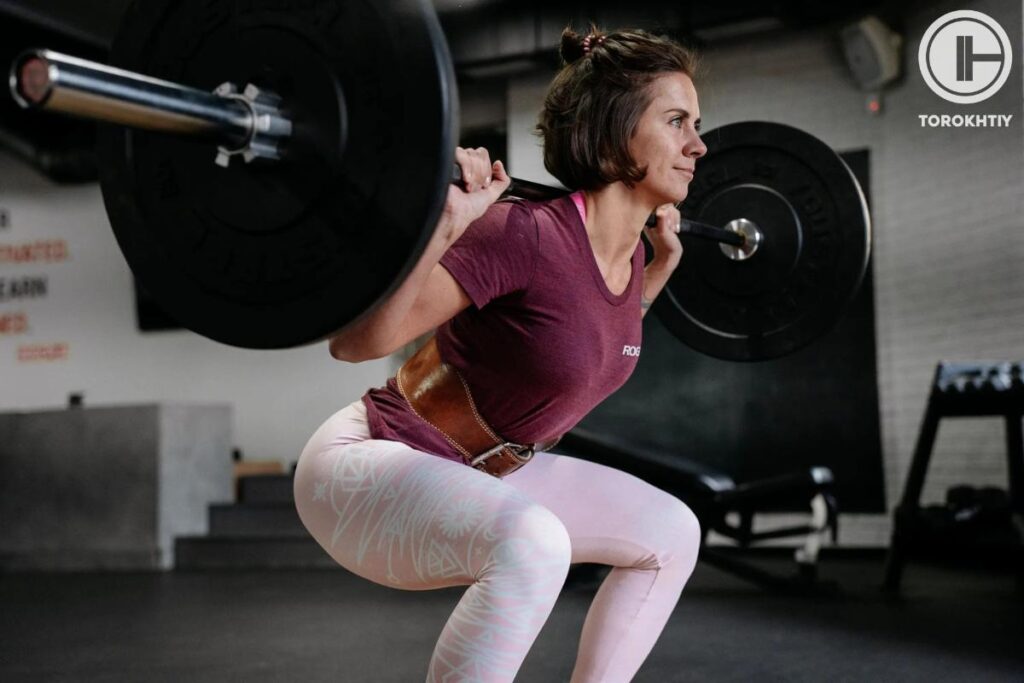
Main Mistakes In Wall Squat Execution
While the squat against wall exercise is an effective way to improve Olympic weightlifting technique, there are a few common mistakes that athletes may make when performing this exercise. Some of the main mistakes in wall squat execution include:
❌ Improper Arm Position
The athlete should start with their toes touching the wall and their arm in a 90-degree angle, touching the wall at shoulder height. If the hands are too high or too low on the wall, it can change the angle of the torso and affect the exercise’s effectiveness.
❌ Not Maintaining Proper Body Position
During the sliding squat, the athlete should maintain a strict body position, with the back and arms against the wall and the feet flat on the ground. If the athlete leans forward, loses contact with the wall, or raises their heels, it can decrease the exercise’s effectiveness.
❌ Going too deep or shallow
The depth of the squat should depend on the athlete’s flexibility, but it is recommended to do at least half of the squat. If the athlete goes too deep or too shallow, it can affect the effectiveness and potentially increase the risk of injury.
❌ Moving too quickly
The sliding squat should be performed slowly and deliberately, with control over the movement. If the athlete moves too quickly, it will not give the expected effect of dip & drive form development.
❌ Not breathing properly
The athlete should inhale before starting the sliding squat and exhale as he goes back to initial position. If the athlete breathes improperly during the exercise, it can affect their form and change movement path.
Key Factors in Wall Squat Programming
The wall squat exercise can be included in an Olympic weightlifting training program as a warm-up or as an accessory exercise to improve technique. The ideal placement of the wall squat exercise in a training session will depend on the individual athlete’s goals and the structure of their program. Here are a few different options for including the wall squat exercise in a training program:
1. Warm-up
The wall squat exercise can be included as part of a dynamic warm-up to prepare the body for more intense weightlifting movements. This is a good option if the athlete is still learning the exercise or wants to focus on technique before progressing to heavier weights.
2. Accessory Exercise
The wall squat exercise can also be included as an accessory exercise to improve technique and lower body strength. It can be performed after the primary weightlifting movements, such as the Clean & Jerk, to help reinforce proper form and address weaknesses in the dip & drive phase.
3. Standalone Drill
Finally, the wall squat exercise can be performed as a standalone exercise on days when the athlete is not performing Olympic weightlifting movements. This can be a good way to develop lower body strength and improve flexibility without the added stress of heavy weightlifting movements.
Regardless of the placement, the wall squat exercise should be performed with proper form and technique, and the intensity and volume should be adjusted based on the athlete’s individual goals and training program.
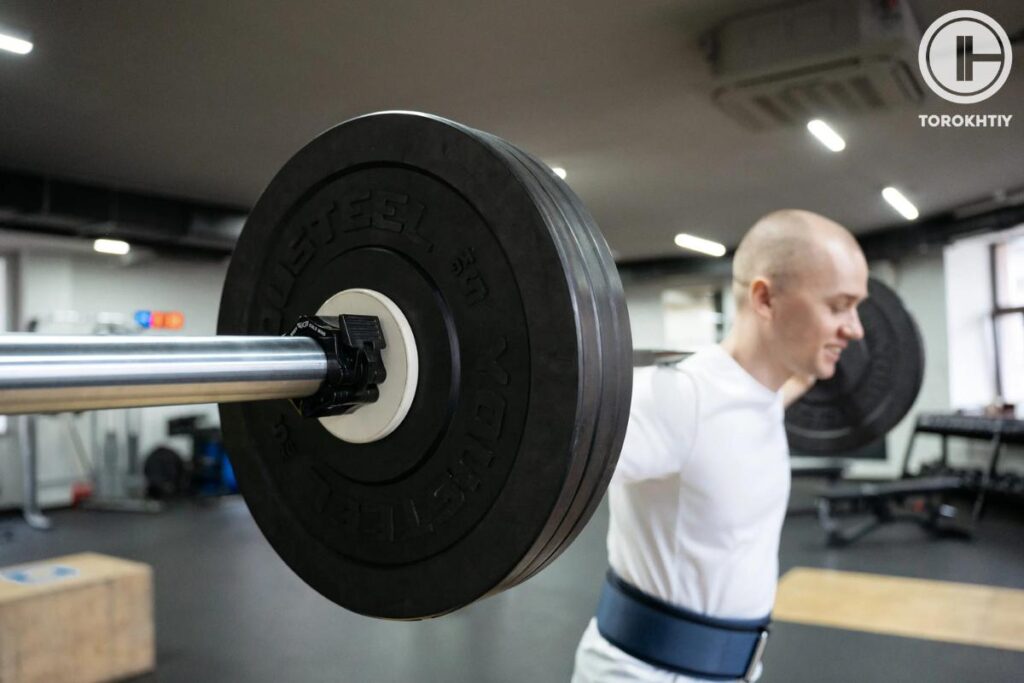
Wall Squat Variations
While the standard wall squat exercise is an effective way to improve Olympic weightlifting technique, there are several variations that can be used to add variety to a training program and address different aspects of the lift. Here are a few wall squat variations for Olympic weightlifting:
1. Tempo Wall Squat
This variation involves performing the sliding squat slowly and with a deliberate tempo. The athlete can pause at the bottom of the squat for a few seconds before sliding back up. This variation can be used to improve strength and stability in the bottom position of the dip.
2. Wall Squat Jumps
This variation involves performing a quick jump at the top of the wall squat and sliding back down into the dip position. This can be used to improve explosive power and plyometric ability.
3. Wall Squat Holds
This variation involves holding the bottom dip position of the wall squat for an extended period of time, such as 30 seconds or more. This can improve confidence, balance and stability in the lower body and help athletes develop mental toughness.
Who Should Perform Wall Squat?
The wall squat exercise can be beneficial for a wide range of individuals, from beginners to advanced athletes. Here are a few groups of people who can benefit from performing wall squats:
1. Olympic Weightlifters
As mentioned before, wall squats are an effective way for Olympic weightlifters to improve technique and strength in the dip & drive phase of the Clean & Jerk exercise.
2. Athletes In Other Sports
Wall squats can be beneficial for athletes in other sports, such as powerlifting, football, basketball, and soccer. These athletes can use the exercise to improve lower body strength and stability, as well as to develop explosive power and plyometric ability.
3. Individuals With Poor Squat Form
For individuals who struggle with proper squat form, wall squats can be a useful tool to help reinforce good technique. The wall can help prevent common mistakes, such as forward lean or excessive knee movement, and allow the athlete to focus on maintaining proper form.
4. Weightlifters With Mobility Issues
Wall squats can also be useful for individuals with mobility issues, such as limited ankle or hip mobility. The wall can provide support and stability, allowing the athlete to perform the exercise with proper form and range of motion.
5. People With Lower Body Weakness
Finally, wall squats can be used by individuals who are looking to develop lower body strength. By adjusting the intensity and volume of the exercise, individuals can use wall squats to improve muscle strength and endurance in the legs.
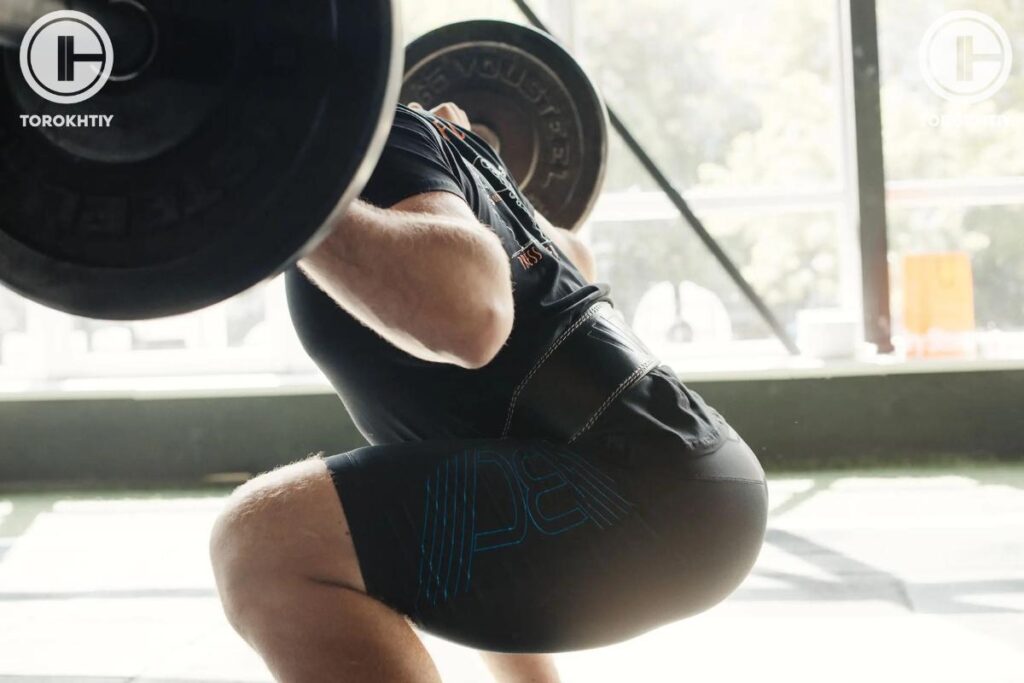
Also Read:
Why Trust Us?
With over 20 years in Olympic weightlifting, strength training, nutrition coaching, and general fitness our team does its best to provide the audience with ultimate support and meet the needs and requirements of advanced athletes and professional lifters, as well as people who strive to open new opportunities and develop their physical capabilities with us.
By trusting the recommendations of our certified experts in coaching, nutrition, and sports training programming, as well as scientific consultants, and physiotherapists, we provide you with thorough, well-considered, and scientifically proven content. All the information given in the articles concerning workout programming, separate exercises, and athletic performance, in general, is based on verified data.
The product testing process is described in more detail here.
Author: Oleksiy Torokhtiy
Olympic Weightlifting Champion
Best Results: Snatch – 200 kg,
C&J – 240 kg
Oleksiy Torokhtiy is a professional athlete boasting 20 years of experience in Olympic weightlifting. With multiple European and World titles under his belt, he has showcased his prowess in two Olympic Games (Beijing 2008 and London 2012). Upon concluding his illustrious career, Oleksiy dedicated himself to coaching. By 2022, he had conducted over 200 weightlifting seminars worldwide. He is the visionary behind an international sportswear and accessories brand known for its motto, “Warm Body Cold Mind.” Additionally, he is an esteemed author and the creator of a series of training programs and eBooks.


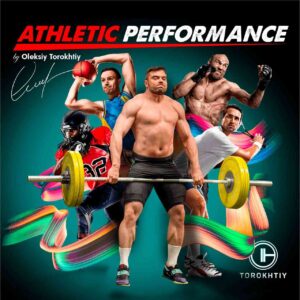
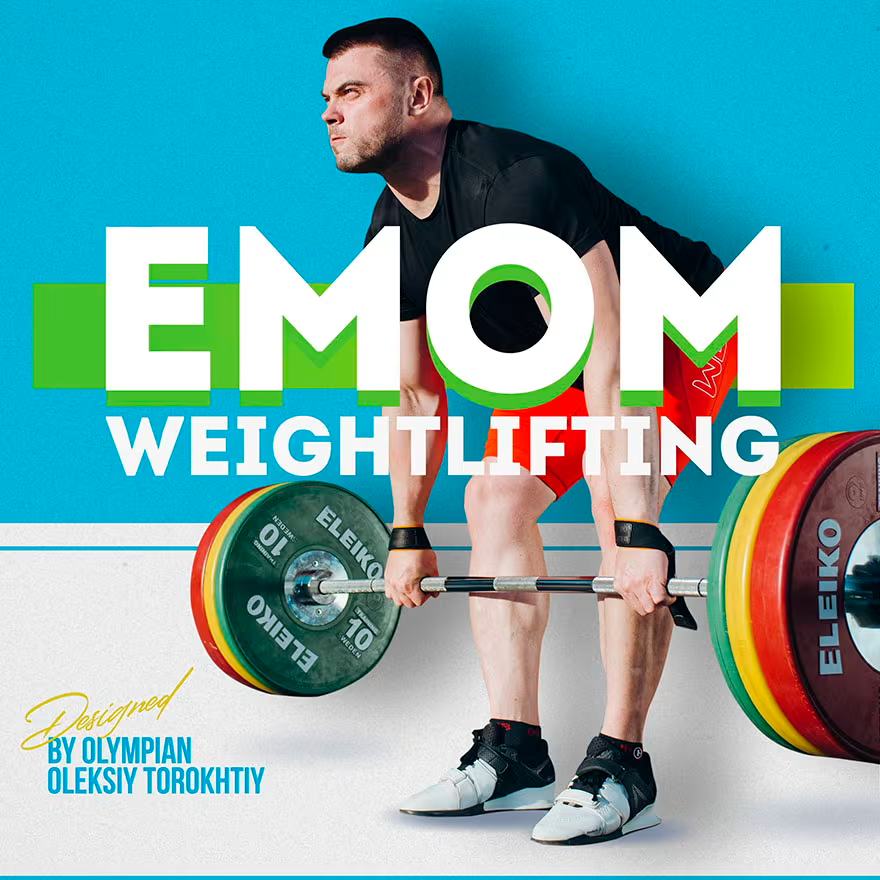
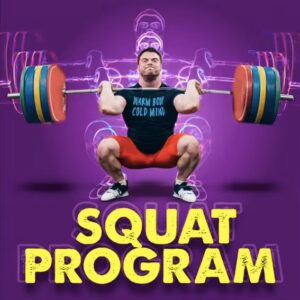
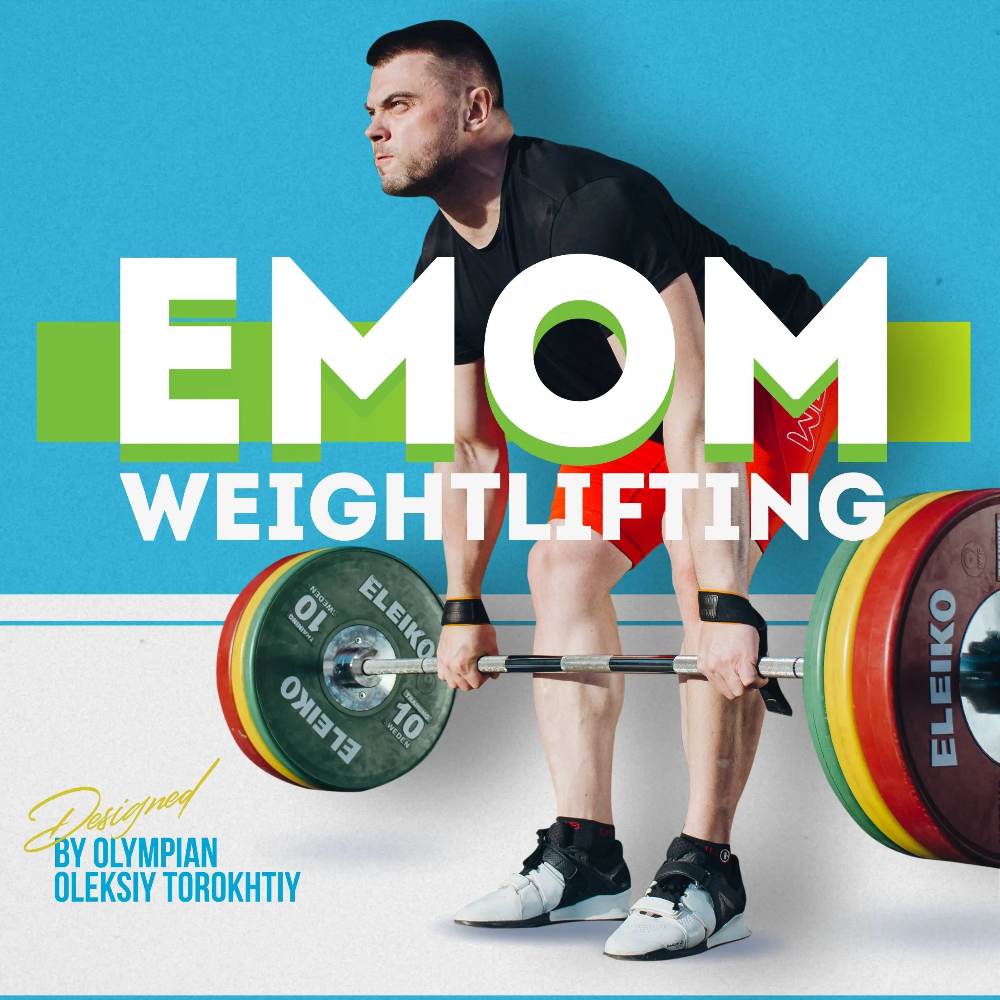
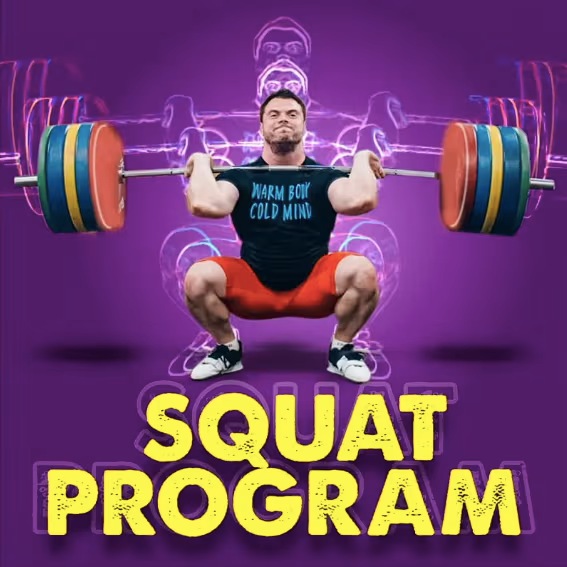
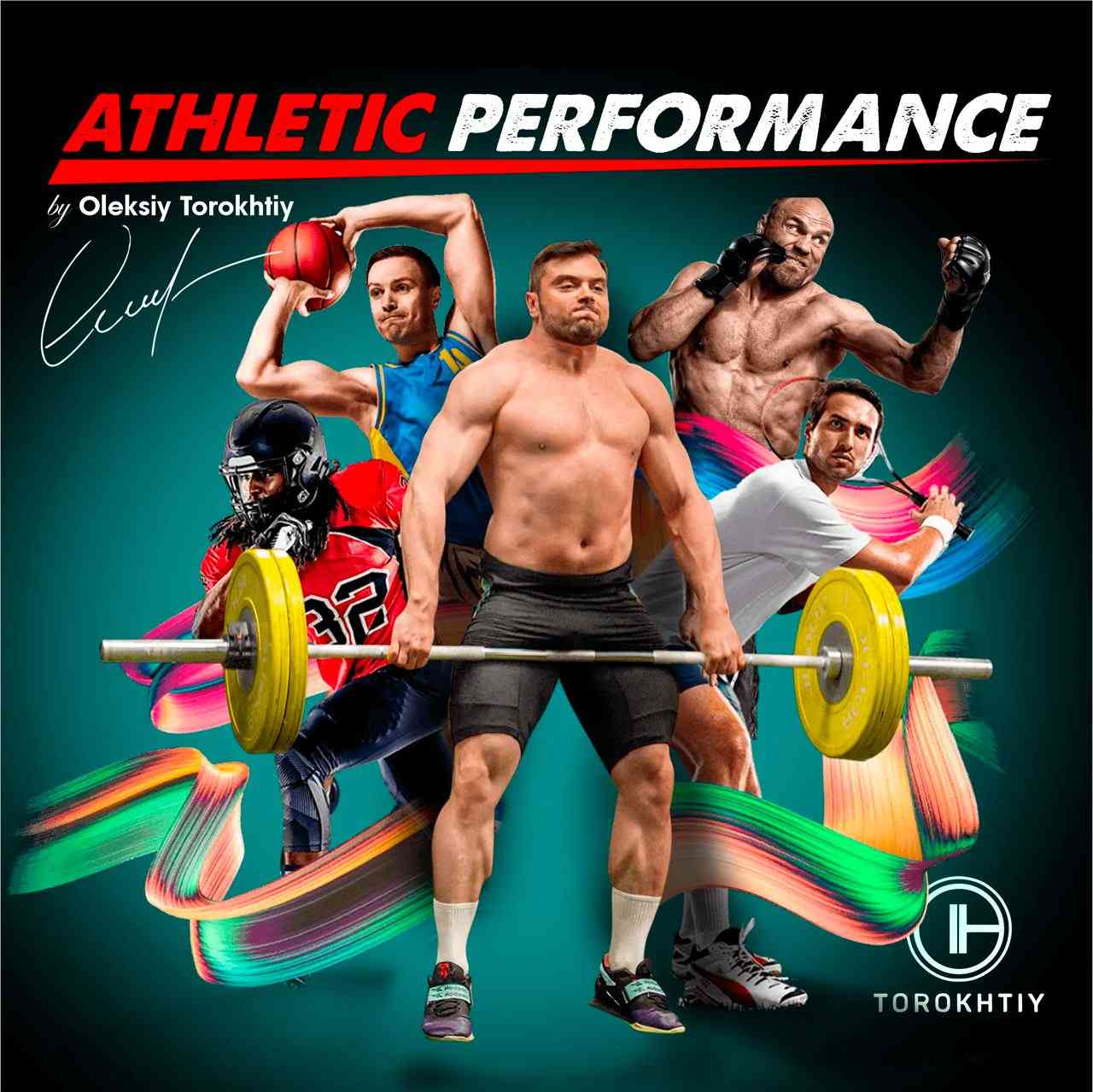

Still have questions after reading our article? Unlock your full potential by engaging with our experts and community! Don’t hesitate — leave a comment below and Oleksiy Torokhtiy will provide a personalized answer and insights to help you reach your goals.